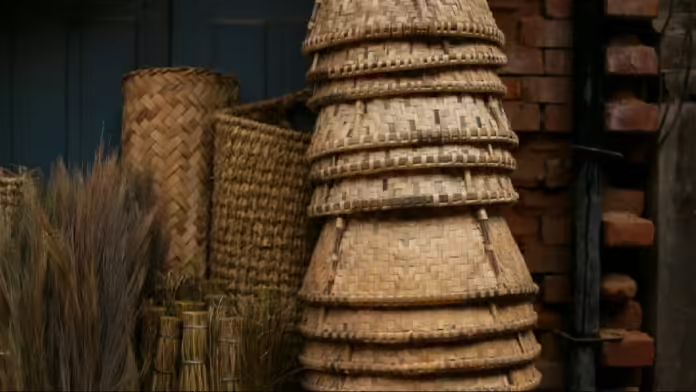The Tripura government is actively pursuing a Geographical Indication (GI) tag for the state’s renowned cane craft, aiming to protect and promote the traditional craftmanship that has been passed down through generations.
Officials from the Tripura Handicraft Development Corporation (THDC) have initiated the process of obtaining the GI tag for cane craft, recognizing its unique cultural and economic significance. The GI tag would not only acknowledge Tripura’s contribution to the craft sector but also safeguard the intellectual property rights of local artisans.
Cane craft holds a special place in Tripura’s cultural heritage, with artisans skillfully weaving intricate designs and patterns using locally sourced materials. The craft has been a source of livelihood for many families in rural areas, contributing to the socio-economic development of the region.
By securing a GI tag for cane craft, the Tripura government aims to protect the authenticity and integrity of the traditional craftmanship, ensuring that only products made in the region can bear the prestigious label. This designation would also enhance the marketability of Tripura’s cane craft products, both domestically and internationally.
In addition to seeking the GI tag, the Tripura government is exploring various initiatives to promote and revitalize the cane craft industry. This includes providing training and skill development opportunities to artisans, facilitating access to markets, and promoting the craft through exhibitions and fairs.
The efforts to obtain a GI tag for cane craft align with the government’s broader agenda of preserving and promoting Tripura’s rich cultural heritage. By recognizing and celebrating the unique identity of its traditional crafts, the state aims to create sustainable livelihoods for artisans and bolster the local economy.
The recognition of cane craft with a GI tag would not only elevate its status but also contribute to the preservation of indigenous knowledge and practices. It would serve as a testament to Tripura’s cultural legacy and the dedication of its artisans to preserving traditional crafts for future generations to cherish and appreciate.




